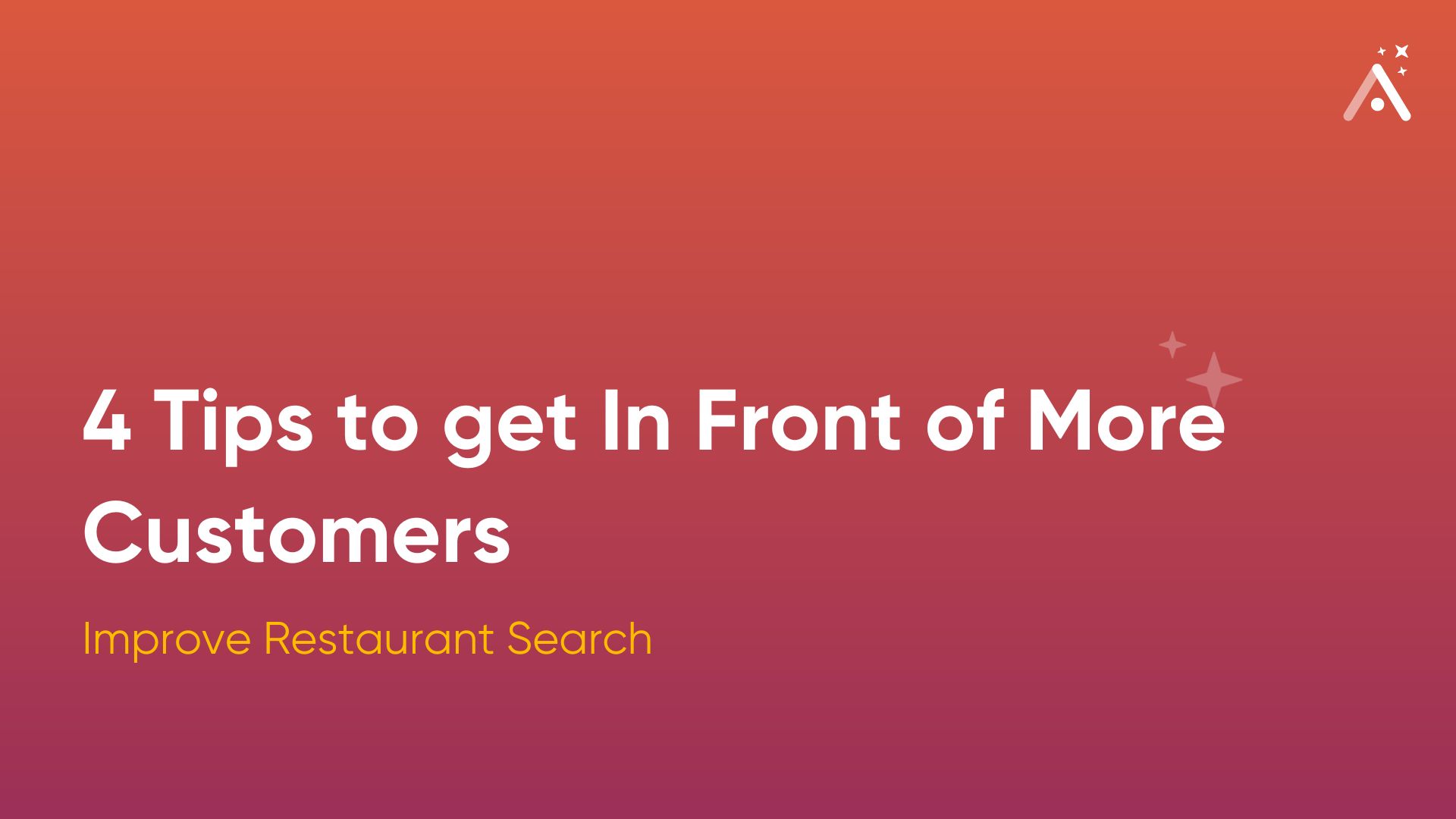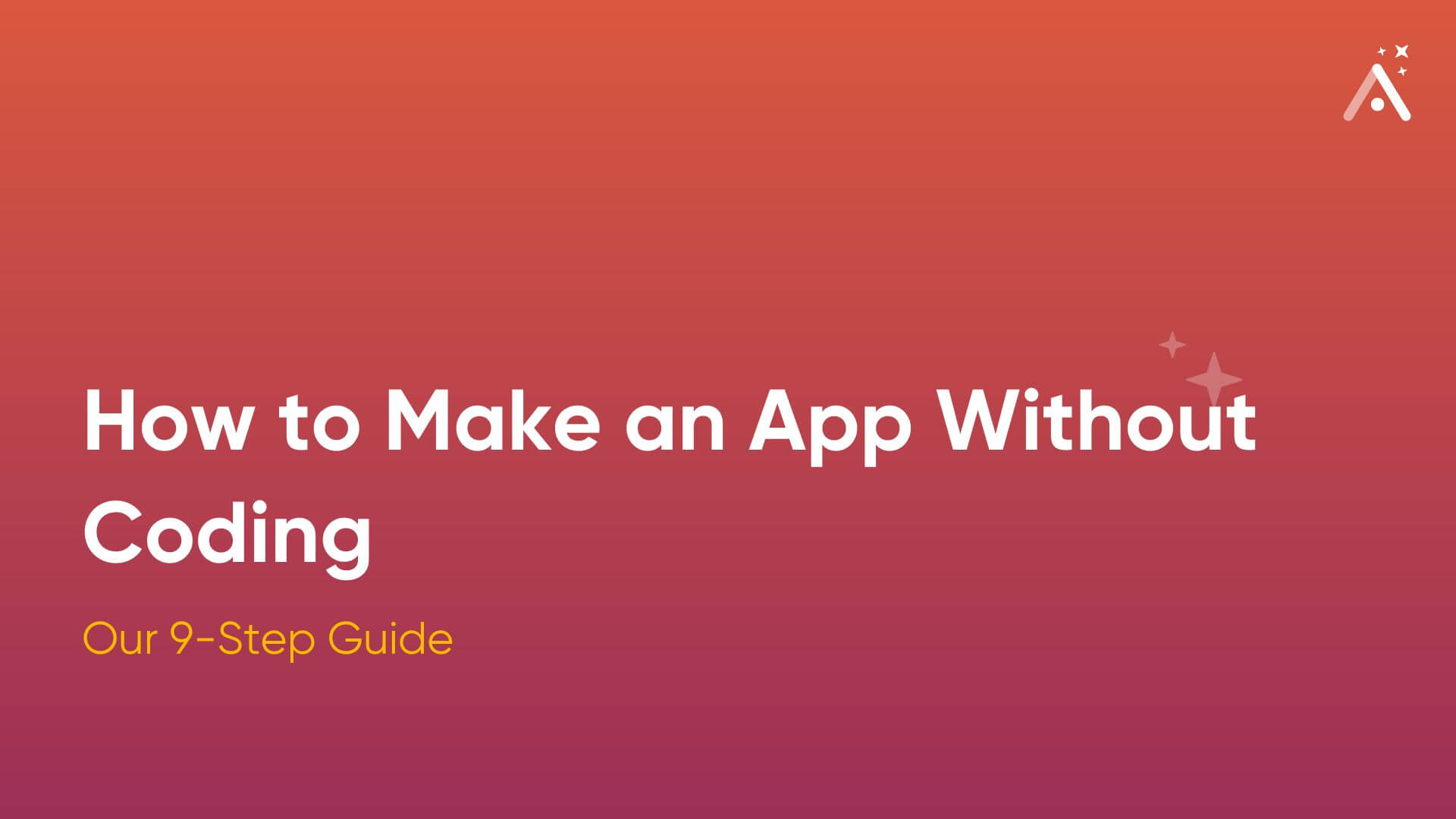While you’ve built a solid website for your restaurant, you’ve been struggling to cook up a solid number of website visitors. You’ve built out a site with several pages, and you even write a monthly blog, but you’re still not having the greatest success.
Getting more visitors to your site requires consistent work, but it doesn’t need to be super complicated. You just need to give people reasons to visit your site.

By using certain methods, you’ll make your restaurant’s website more attractive to potential customers, which will give them a good reason for visiting it.
In this article, we’ll introduce four strategies that you can use to ensure that more people see your restaurant’s website.
Strategy 1: Leverage Google Search Console to Improve Your Restaurant’s Search Results

You need to make sure that Google knows your site exists. Do this by “registering” with Google, which is called indexing your site. When you index your site, Google will acknowledge your site and allow it to appear on search results pages.
Many website builders have a built-in indexing tool. But, to be safe, you’ll want to make sure that your site is properly indexed with Google. Don’t worry, indexing your site is not as difficult as it sounds. Just follow these directions:
- Navigate to Google Search Console. You’ll be able to sign in using your Google account info. If you don’t have a Google account, you can create one at the drop of a hat!
- Click on the “Add a Property” button, and type your website address (or URL) into the bar.
- Verify that you are the owner of your site. Google will send a file to your email when you request to verify that you’re the owner of a site. You can do this by uploading a file Google gives you to your site. After a few minutes, Google should verify your site.
- Under the “Index” section, click on the “Sitemaps” button and enter your sitemap web address. If you use a website builder like Wix, WordPress, or Webflow, you can usually find this on the editing tool.
Some website builders don’t have automatically available sitemaps. If this is your case, just create your own sitemap by installing a plugin like Google XML Sitemaps, available from WordPress, or the Chrome Sitemap Generator, available as a Google Chrome extension.
- Go to the URL Inspection tool, which is located on the left side of your Google Search Console dashboard. This tool shows you what pages are indexed on your site. To see if individual pages are indexed, enter the page’s web address into the URL Inspection tool, and Google will let you know if it’s indexed.
If a page isn’t indexed, you can click the “Request Indexing” button that commands Google to do so.
It might take Google a few months to fully index your site, especially if your site is new. Routinely check your site’s indexing status by returning to Google Search Console and navigating to the “URL Inspection Page.”
Whenever you add new content or pages to your site, always confirm that they are indexed.
Checking up on the indexing status of your pages will help ensure that your site is visible to Google and people searching for it, which will drive more traffic to your website.
Strategy 2: Create Compelling Content Optimized for SEO and Promote it On Social Media
If you aren’t writing content, it’s time to start! Writing one to two articles a month will grow your site and give people a reason to visit your site – especially when you create valuable content that teaches readers something they didn’t know before.
To begin, think about some topics people will want to read about that relate to your restaurant. Topics could include:
- Your professional background / why you started your own restaurant
- Super simple recipes, like a 10-minute Crème Brûlée
- Beverage pairings for main dishes
- An overview of the organic farms you source ingredients from
- How cabernet sauvignon differs from zinfandel
- Popular seasonal foods
Once you have a topic figured out, it’s time to find optimal keywords. Keywords are words or phrases that people search for on Google. You’ll want to find ones that fit best with your ideas and place them into your articles.
Sign up for a free Google Ads account (which will take less than a second if you have a Google account), and find the keyword research tool. Conduct keyword research and include keywords in your articles using these steps:
- Select your region – you'll find keywords that are popular close to your restaurant.
- Think about words and phrases that relate to the idea you’ll be writing about. For instance, if you want to create an article about ‘Pairing Wine with Filet Mignon’, you’ll want to search for phrases like “red wine and filet mignon,” “the best red wine to pair with filet mignon”, “meat and wine pairing,”- you get the gist.
- Enter up to 10 words and phrases, and click the search button. Pay careful attention to the keyword difficulty score and search volume. Keyword difficulty is how competitive the word is – a higher score means many sites use the keyword. Search volume is the number of people that search for that keyword monthly.
Choose keywords with a low level of difficulty (under 27) and a volume above 50. This way, you won’t be competing with established sites, and you’ll get a few visitors each month on SEO strategy alone.
- Choose one or two keywords. Before you start writing, Google those keywords to learn how others are writing about those keywords. You’ll want to create better content, so keep this in mind when you start writing.
- You’ll need to organize your written content neatly by breaking your articles into sections using headings and subheadings (H2s and H3s in content-writing speak). Each heading should clearly explain what the following section will teach the reader.
- Make sure you have your keywords scattered throughout your article’s text. You’ll also need to include them in two or three headings and subheadings, and the title. Doing this will let Google know what keyword you’re writing about.
- Overusing your keyword is a major no-no. Google catches on to articles that try to rank higher by entering keywords too often. It punishes these articles by not allowing them to rank. Be mindful of how often you use your keyword, or Google could put your article in permanent invisibility mode.
When you write your articles, ensure that they give your readers value – your articles need to leave readers feeling more educated and that their time hasn’t been wasted.
Including images and videos in your articles is an absolute must, as they will keep readers engaged and give them a visual illustration of what you’re trying to teach them. If you’re writing about a recipe or certain cooking technique, including a video will help drive home certain techniques.
Good visuals will provide readers with tons of value, and if done right, more people will be drawn to your beautiful, valuable, and easy-to-understand content.
Strategy 3: Leverage Social Media
Being active on social media is a great way to promote your restaurant and popularize your website. If you aren’t already using Instagram and Facebook to feature your restaurant, what are you doing!? Create an account immediately after you finish reading this article.
After you write a new article, link to it on social media. Then, invite your followers to review your article and share it with their social media network. Give them an incentive for sharing, like a discounted meal for the first 10 or 15 people to share your article. Doing this whenever you write a blog should help drive more traffic to your site.
Don’t forget to link to your site whenever you make a post on social media. This will give your website more exposure with every post, as there’s a chance that every person who sees a post with your site address will become a site visitor.
Use social media to promote new features, like your very own slick online booking system made with an app builder like Adalo. Post videos that illustrate how to use your booking system and instruct viewers to visit your site for more information. Doing this can inspire your social media followers to visit your site.
Strategy 4: Harness the Power of Paid Advertising To Propel Site Traffic
Want to get your site in front of the eyes of hundreds, possibly thousands, of Google searchers? Purchase paid ads on Google – they will boost your site to the top of the search engine result page for each keyword you buy.
Using Google ads to promote your site is simple, effective, and affordable. Here’s how to harness the power of Google Ads:
- Login to your Google Ads account, and select a search engine ad campaign.
- Search for keywords. Keyword difficulty doesn’t matter for ad campaigns, but the price of each keyword does. This is how much you’ll pay when a visitor clicks on your site. For instance, if a keyword costs 15 cents per click, and 1,000 people click on your site, Google will charge you $150.
- Deposit a desired amount of money into your Google account. When your money runs out, Google will end your campaign.
Google ad campaigns are a convenient and easy way to get site visitors. You can budget how much you spend by comparing keyword prices. Running ad campaigns that target different keywords each month can really move the needle when it comes to visitors to your site.
Next Steps
Getting visitors to your website is a long game, and it might take a few months to get consistent traffic to your site. Think of growing your site traffic like how you experienced growing your restaurant. While it seemed difficult at first, your daily effort paid off, and you developed a thriving restaurant.
Regularly publish content, check up on Google Search Console, promote your site on social media, and consistently run ad campaigns. Also, don’t forget to switch up your site’s appearance periodically. Changing your site’s layout, colors, pictures, aesthetics, and structure will keep your site looking fresh and professional. A slick site might make people more likely to visit your restaurant, too.
Book More Covers with Adalo

Still thinking about that booking app idea we mentioned in strategy three?
Adalo is a no-code app builder used by restaurateurs across the world. It comes with restaurant-themed templates ready to go. You’ll be able to custom build your own booking app and add on plenty of features, like push notifications and direct messaging.
Does building an app sound too complicated? Adalo was designed for people with no coding or technical skills. Use Adalo’s slick and responsive drag-and-drop interface to build your very own app exactly to your tastes!
Adalo’s sleek, no-code builder is used by hundreds of restaurant owners just like you to transform their ideas into apps without a steep learning curve and without any knowledge about creating apps.
















